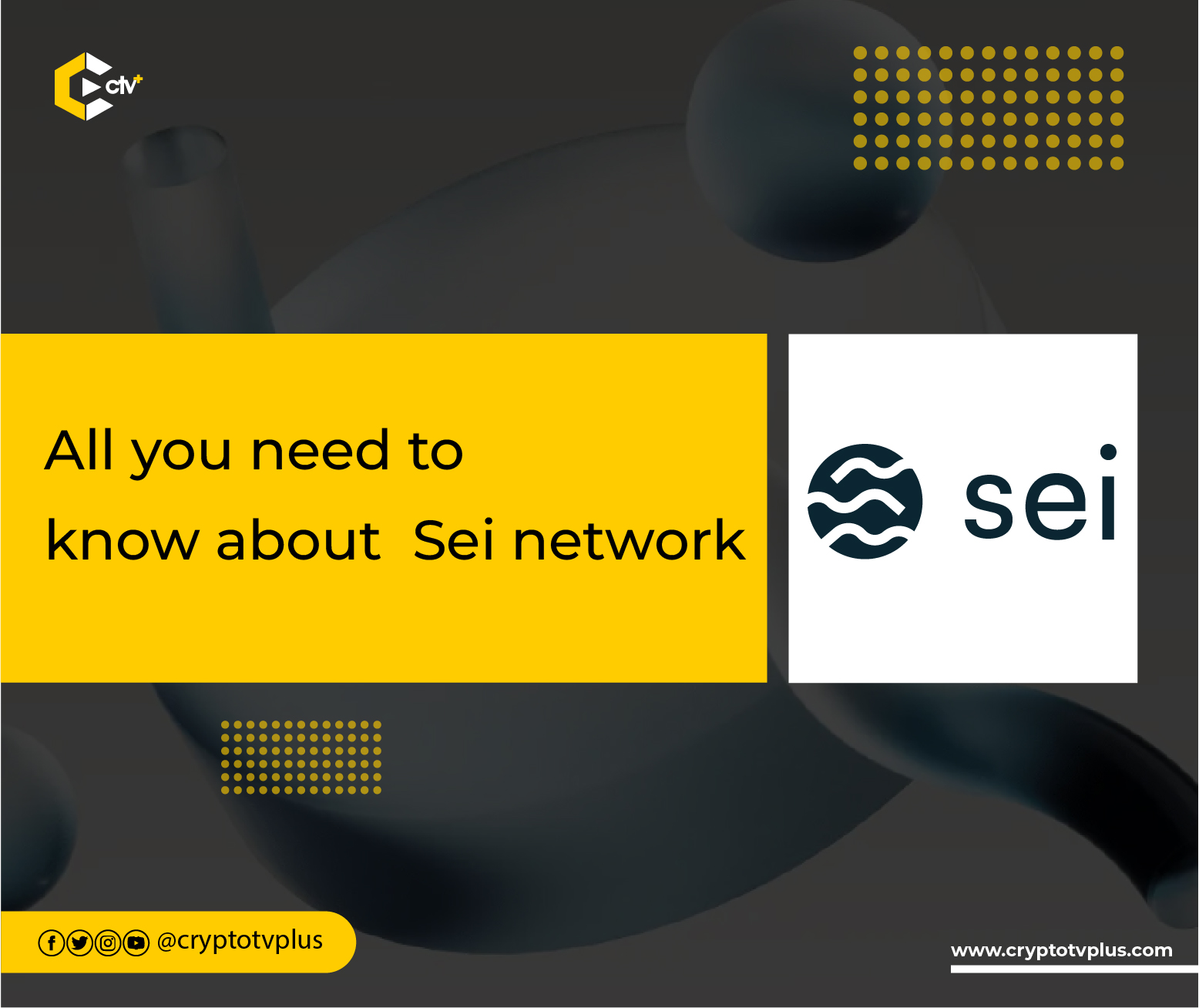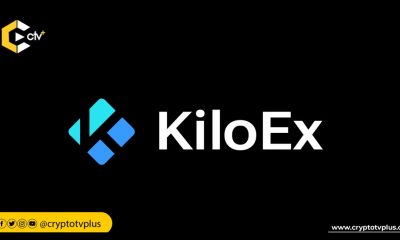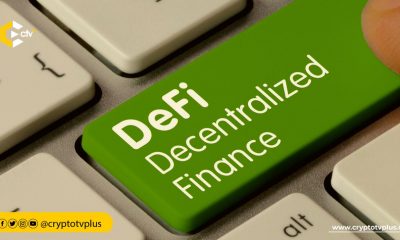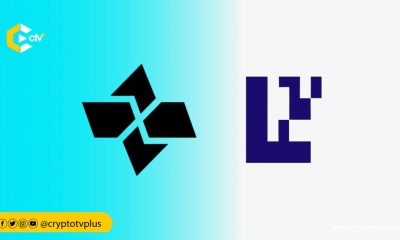Education
All you need to know about seinetwork.io

Sei network is a new layer 1 blockchain project designed to scale the DeFi ecosystem. It is built on the Cosmos SDK, and Tendermint Core, which are tech tools for building Web3 apps. Sei network was designed to be a sector-focused project, moving away from the conventional blockchain designs available in the market.
Decentralized Exchange is one aspect of Web3 that has attracted a lot of value with projects such as Uniswap, topping the list. DEXes, with a unique and massive opportunity to serve more users, has the backdrop of not enough foundational tools to make it scale.
For example, there are no specialized chains designed specifically for the DEXes industry. DEXes requires a different set of operating systems than centralized exchanges and other Web3-based platforms do. This is part of the reason the Sei network was launched to enable DEXes to function at an optimal pace, allow innovations, and bring scalability and efficiency in all aspects.
Features of Sei network
The native order matching engine in the Sei network makes it easier for several projects to easily build and scale their DEXes using a native order book. An order book shows a list of orders an exchange uses to record what buyers and sellers are interested in for a particular financial asset.
This on-chain order matching engine, which can process 22,000 orders per second, allows the Sei network to serve as a decentralized NASDAQ. This feature also provides ease for developers to connect dApps to shared liquidity systems on the Sei network.
In addition to this, there is a price Oracle, a price data feed, that provides information about the prices of several assets for dApps on the Sei network to access them.
Sei is integrated with Tendermint, an open-source software that allows blockchains to be launched in any language, bringing the Sei network to a finality of 600ms.
This makes the Sei network one of the fastest chains in Web3. Sei is designed as an anti-frontrunning system. Front-running is a practice in which owners or insiders of an exchange perform trades based on exclusive insider information about customers’ orders.
To lower the cost of a transaction, the Sei network implements a multiple levels of order bundling where market makers and pro traders using apps on the Sei network can submit 1 transaction to update multiple markets.
Sei also uses a twin-turbo consensus which enhances the latency and throughput of the network. The consensus system reduces the time it takes for a validator to receive a block. Because it is built on Cosmos, it uses the Inter-Blockchain Communication protocol. IBC creates a cross-communication system between independent blockchains to allow the transfer of tokens, data, and other vital assets in the blockchain ecosystem.
Sei team and projects on the Sei network
The two co-founders of the Sei network, who are alumni of the University of California, are Jeffrey Feng, a financial analyst, and Jayendra Jog, a software engineer. Other members of the team are from various fields and organizations such as Robinhood, Databricks, Airbnb, and Goldman Sachs.
With a total testnet transaction volume of over 4.5 million and a testnet user base of more than 250,000, the Sei network has attracted projects such as Axelar, Satori, PharaohFi, Vortex, VortexProtocol, UXD, and Nitro.
In August 2022, Sei Labs had a seed round where the team raised $5 million led by Multicoin Capital. The seed round also had Coinbase Ventures, GSR, Flow Traders, Hudson River Trading, Delphi Digital, and Tangent as part of the investors.
Conclusion
Sei network wants to provide the best infrastructure to scale decentralized exchanges and other DeFi products in Web3. Although it has not gone live, several investors and projects are betting on it to transform the world of DEXes.
Read also;
























